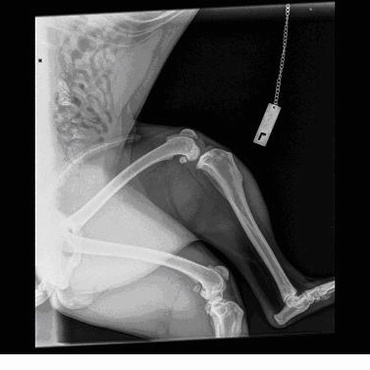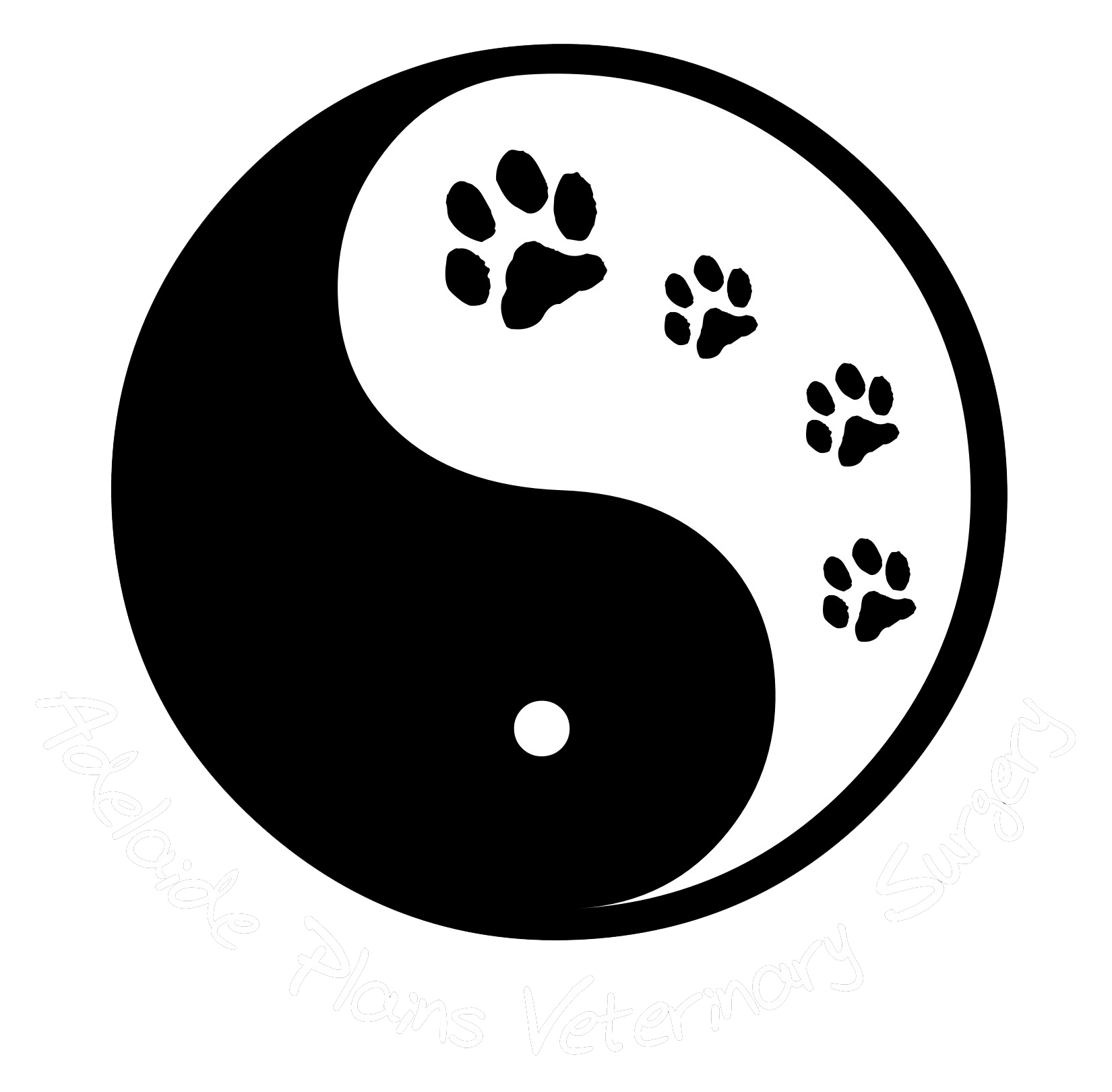Adelaide Plains Veterinary Surgery
Call: (08) 8520 3600
Mon-Fri (8am - 6pm)
Sat (8:30am - 12pm)
Cruciate Injuries in Dogs
The main reason cruciate disease is so commonly seen in dogs is that biochemically the stifle or knee joint is sloped so there is a lot of force placed on the cranial/anterior cruciate ligament.
There are other risk factors which increase the change of your dog damaging their cruciate ligament.
- Increased body weight (increases the force)
- Excessive slope (genetics, breed variation)
The average is 26 degrees or less. However, some dogs will have slopes in excess of 40 degrees which dramatically increases the risk of a tear occurring. An excessive slope can also affect the decision making process on the type and outcome, of the surgical repair performed.
There are many ways and techniques to repair a cruciate ligament in a dog. The most consistent and reliable outcomes are achieved with techniques that cause a levelling out of the slope of the knee.
We have found that the most satisfactory, consistent and reliable technique is the TPLO (Tibial Plateau Levelling Osteotomy). This was one of the first osteotomy (bone cutting technique) developed to treat canine cruciate disease. There have been numerous other subsequent osteotomy techniques developed, such as TTA, rapid TTA, TWO and TTO. However, after doing TTA’s for 6 years, we believe the TPLO to be a superior technique, despite it being technically a far more difficult procedure to successfully perform.
The main reason we feel that the results are better is that the measurements and calculations on how far the rotation needs to be done are far more precise. They are also very repeatable and less likely to be influenced by individual interpretations of radiographic images.



Contact Us
Call us to make an appointment
Monday to Friday - 8:00 am to 6:00 pm
Saturday - 8:30 am to 12:00 noon
Sunday - Closed

